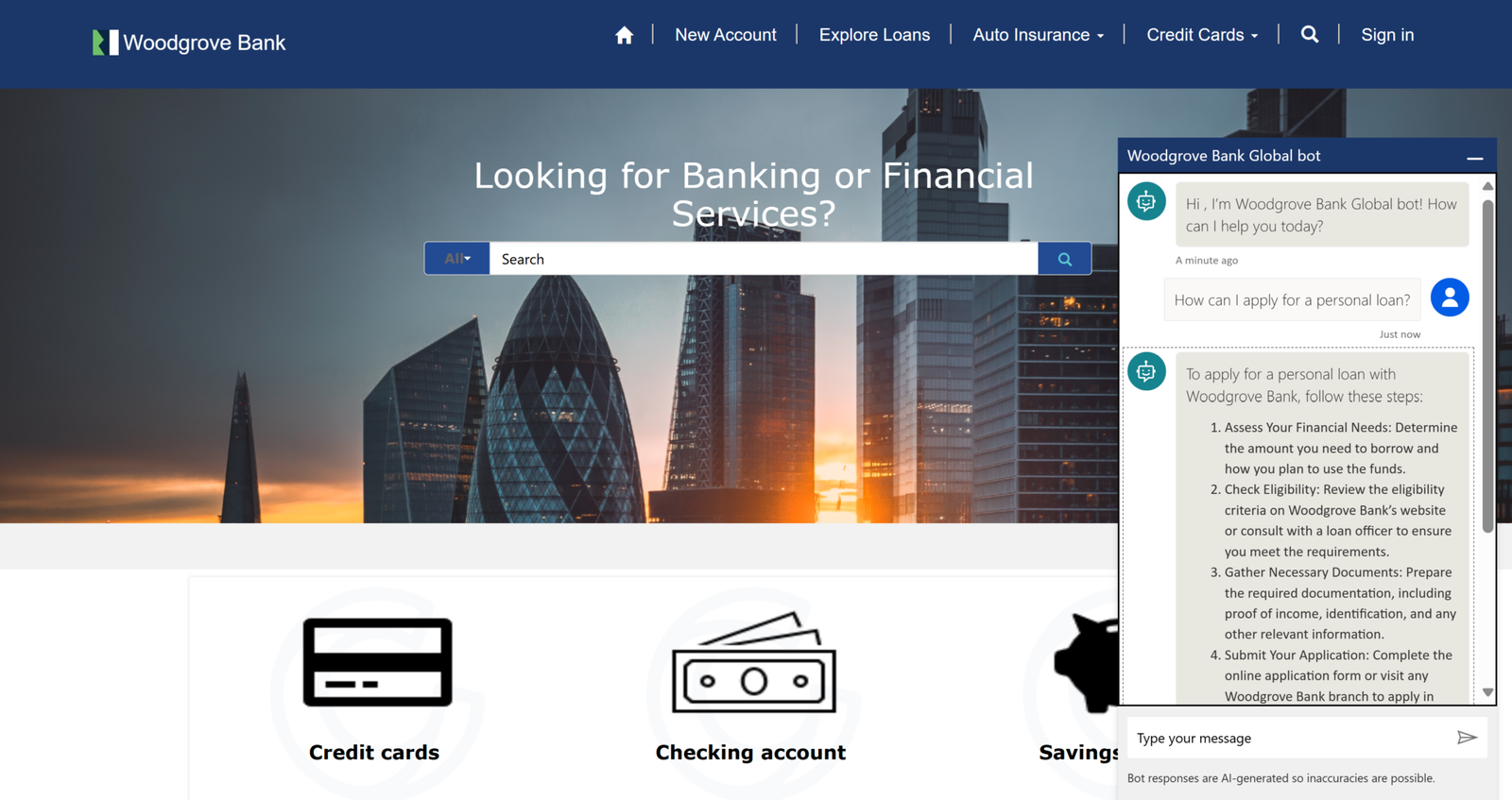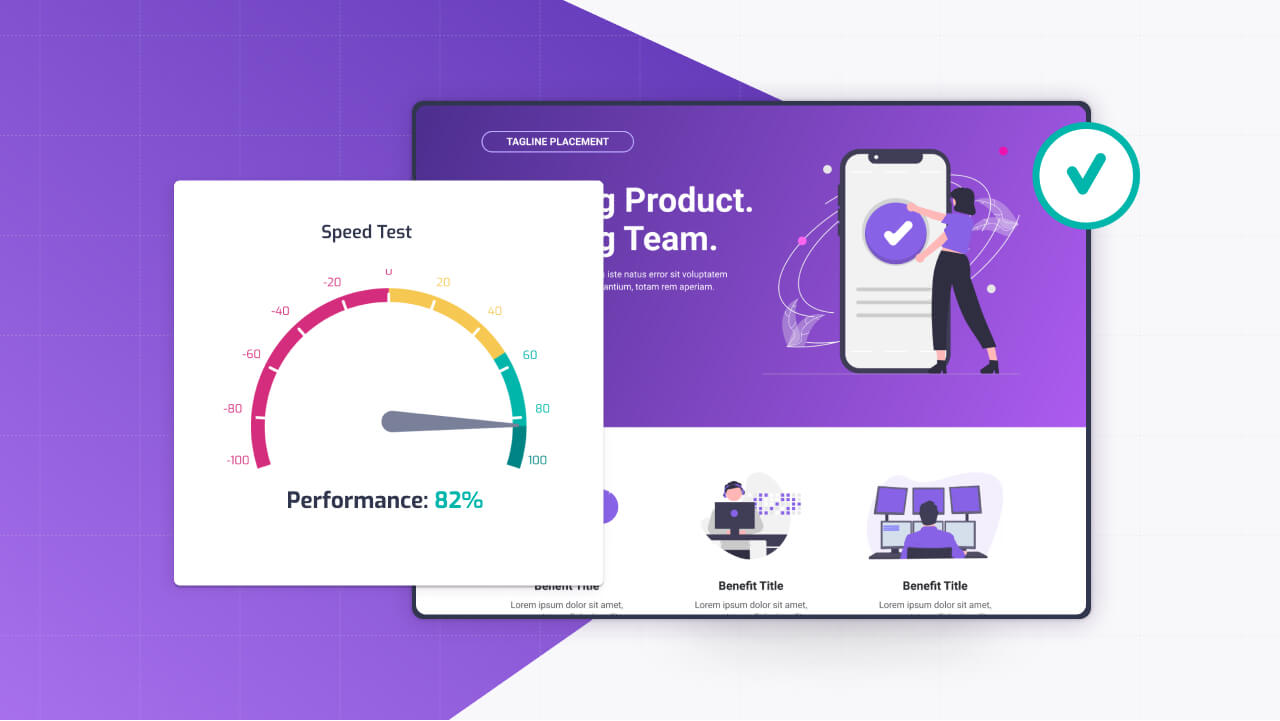Managing the lifecycle of a Power Pages site isn’t just about building something cool and pushing it live. It’s about ensuring that what you create moves smoothly from development to testing and finally into production without breaking anything—or driving you crazy in the process.
Application Lifecycle Management (ALM) for Power Pages is all about setting up a repeatable, reliable way to handle those transitions. With the right strategies, you can use Power Platform solutions, environment variables, and tools like the Power Platform CLI or Pipelines to keep things organized and efficient.
Let me show you how its done!
1. Why Environments Matter for Power Pages ALM
Power Pages isn’t an isolated tool—it’s part of the Microsoft Power Platform ecosystem, tightly integrated with Dataverse and its deployment capabilities. That’s why environments are the foundation of a solid ALM strategy.
You wouldn’t build a critical business app directly in production, and the same logic applies here. At a minimum, you’ll want three environments: development, testing, and production.
In development, you’ve got a playground to experiment—try new ideas, break things, and refine your site. Testing is where you validate that it holds up under scrutiny, simulating real-world use. Production is the live environment your customers or partners interact with.
Keeping these distinct isn’t just about avoiding chaos; it gives you space to test thoroughly without risking downtime or frustrated stakeholders. It’s a simple setup that pays off big time.
2. Using Power Platform Solutions to Package Your Work
So, how do you move your Power Pages configuration between these environments? That’s where Power Platform solutions come into play. Think of solutions as a package for all your site’s pieces—pages, forms, tables, and even custom code like Liquid templates or JavaScript.
In your development environment, you work with an unmanaged solution. It’s editable, so you can tweak and adjust as you go. Once it’s ready, export it as a managed solution and import it into testing or production.
Managed solutions lock everything down, preventing accidental changes in those downstream environments. This approach keeps your site’s components bundled together, dependencies included, making transitions smooth and predictable.
It’s a straightforward way to maintain control over what you’re deploying.
3. Environment Variables: The Key to Flexibility
Solutions are great, but Power Pages sites often connect to external data sources or services—think Dataverse tables or APIs. Hardcoding those connections is a recipe for frustration when you switch environments. This is where environment variables save the day.
With environment variables, you define portable settings—like a Dataverse URL or an API key—in your development environment. When you move to testing or production, you simply update the variable’s value to match the new environment.
No need to dig through your site’s setup to make manual fixes. It’s a small step that cuts down on errors and keeps your configuration adaptable.
If something changes later, like a new authentication token, you adjust the variable instead of redeploying everything. Flexibility, meet simplicity.
4. Deployment Tools: Power Platform CLI vs. Pipelines
Now, let’s talk about getting your site from one environment to the next. You could export and import solutions manually—download the zip, upload it, and hit import—but that gets old fast, especially with frequent updates or team collaboration. That’s where deployment tools like the Power Platform CLI and Pipelines step in.
The Power Platform CLI is perfect if you’re comfortable with command-line workflows. With commands like pac powerpages download and pac powerpages upload, you can script the process of moving your site’s configuration.
It’s precise and customizable, and you can even hook it into a CI/CD pipeline with Azure DevOps or GitHub Actions for full automation. It takes some setup, but once it’s running, it’s like having a tireless assistant handling the grunt work.
If you prefer a more visual approach—or work with a team that likes clicking over coding—Power Platform Pipelines is your friend. Built into the Power Platform, Pipelines lets you define your environments (dev, test, prod) and link them in a deployment flow.
From development, you just click “Deploy,” choose your target, and Pipelines handles the rest—exporting, moving, and importing your solution. It checks for missing dependencies or environment variables upfront, reducing the chance of a botched deploy.
The first deployment to a new environment requires manual reactivation (and maybe a cache clear), but after that, updates glide through effortlessly. It’s low-code ALM that’s approachable yet powerful.
5. Testing and Governance: Making Deployments Rock-Solid
Deploying isn’t just about moving files—it’s about ensuring your site works as intended. In your testing environment, check that forms submit properly, custom styles render correctly, and integrations (like a CRM or payment system) function smoothly. Neither the CLI nor Pipelines can test for you, but they make it easy to push updates to testing for quick iterations.
Using managed solutions also gives you a rollback option—if something goes awry in production, export the working version, tweak it in dev, and redeploy. Governance matters too. With Pipelines, admins can control who deploys where using security roles, striking a balance between flexibility and oversight. It’s about moving fast without breaking things.
6. Scaling Your ALM Strategy
This approach isn’t just for one-off projects—it scales. Managing a single Power Pages site today? Great. Handling five tomorrow with a team of developers and business users? No problem.
Solutions, environment variables, and deployment tools create a process that grows with you. Automate the repetitive stuff, test diligently, and you’ll spend less time firefighting and more time building.
That’s the real win with ALM for Power Pages: a system that’s practical, repeatable, and ready for whatever comes next.
If you have any questions, hit me up on linkedin!




